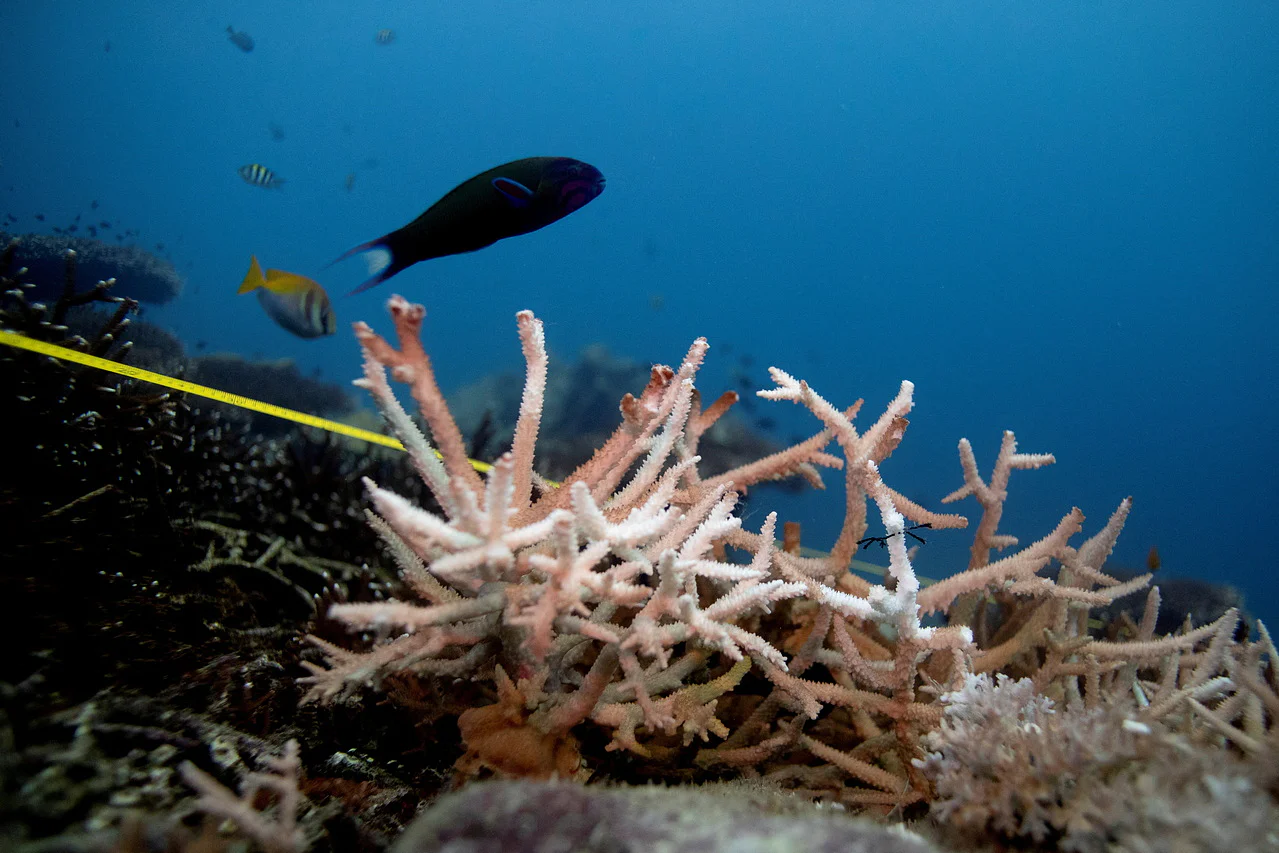June 16, 2022
SINGAPORE – South-east Asia’s nature, from forests and coral reefs to mangroves, provides the region with at least US$2.19 trillion (S$3.05 trillion) in economic benefits a year, a new report by Malaysia’s highest scientific advisory body has found.
The paper, titled “The Nexus of Biodiversity Conservation and Sustainable Socioeconomic Development in Southeast Asia”, is the first to calculate the economic value of the vast diversity of wildlife and swathes of rainforests, peatlands and mangroves in the region.
In 2020, the total combined gross domestic product of the 10 Asean member states was US$3 trillion.
Nature’s economic contribution of $3.04 trillion to Asean member states refers to the benefits South-east Asia’s biodiversity provides now, and the figure can rise if nations further act on conservation, said the Academy of Sciences Malaysia, which published its report on Wednesday (June 15).
The $3.04 trillion figure was derived from a valuation of biodiversity here, based on a 2018 report by the World Wildlife Fund which estimated the global value of economic activity underpinned by nature to be US$125 trillion.
One of the report’s authors, Professor Pervaiz Ahmed from Malaysia’s Sunway University, said their valuation considered four domains: A forest’s role in soaking up carbon dioxide and preventing floods, its role as a habitat for wildlife species’ survival, its place in education and tourism, and lastly, its provisional services such as the value of timber, food and medicine from the rainforest.
He added at a virtual media briefing streamed from Kuala Lumpur on Wednesday: “Previous valuation studies have been looking (only) at provisioning systems, such as, if we exploit nature or timber, what is the value we will get… we moved away from that narrow view which (is) simple, immediate and profit-centric.”
Although South-east Asia covers only 4 per cent of Earth’s land surface area, the region is rich in its native flora and fauna, comprising six of the world’s 25 biodiversity hotspots.
The Asean region is responsible for 15 per cent of the world’s fish production, and harbours one of the world’s most extensive seagrass beds, coral reefs and mangrove mass.
The Academy of Sciences Malaysia argues that as South-east Asia’s population grows and urban development continues, the region should not follow the lead of the wealthy Group of Seven (G-7) nations, which depleted much of their natural resources while building their economies.
The G-7 is an organisation of the world’s seven largest advanced economies, including Canada, Germany, Japan and the United States.
“Leaders in the (Asean) region should take note of a growing body of research showing that countries can and should achieve economic growth and generate jobs through strategies that protect rather than destroy nature,” said the academy in a statement.
The report highlights promising nature protection initiatives that have brought about economic growth and jobs to local communities and indigenous tribes, either through ecotourism or carbon credit projects.
One example is Indonesia’s Rimba Raya Biodiversity Reserve Project, which preserves carbon-dense tropical peat swamps in Kalimantan, and has halted the deforestation of about 65,000ha of forest originally planned for oil palm plantations.
It is also the world’s largest project to reduce emissions from deforestation and forest degradation. As a carbon offset project, part of the revenue from the sale of carbon credits went to local community development and government infrastructure.
A carbon credit represents a tonne of reduced or avoided carbon dioxide emissions from a verified project, such as Rimba Raya, and is bought by firms to help them meet emission reduction goals.
The paper by the academy comes a week before nations around the world, including Asean member states, gather in Kenya to discuss a proposal to protect or conserve at least 30 per cent of the planet’s land and ocean by 2030.
While the report found that nature is valued at close to US$100 million in Singapore – a smaller figure compared with its neighbours due to it smaller land size – the island-state’s strength lies in its financial hub status and potential in mobilising green finance and carbon trading in the region, said Prof Pervaiz, who is based in Malaysia.

The Asean region harbours one of the world’s most extensive seagrass beds, coral reefs and mangrove mass. PHOTO: REUTERS
One way to unlock and maximise the $3.04 trillion promise from nature is to leverage science, technology and innovation to further the conservation and restoration of biodiversity, which Singapore is also strong in, he added.
Those include using satellites and drones to study the health of mangroves and sustainable fisheries, and using novel methods to breed endangered plants and restore habitats.
Commenting on the paper, Associate Professor Roman Carrasco from the National University of Singapore’s Department of Biological Sciences said: “The region has to invest in what it has a clear global competitive advantage of: biodiversity.”
As Singapore helps to transform South-east Asia’s economy into a green economy powerhouse, more specialised sustainability jobs will be added here, he said.
Those include talent equipped to measure carbon stocks and help companies demonstrate their net-zero and nature-positive pledges.


